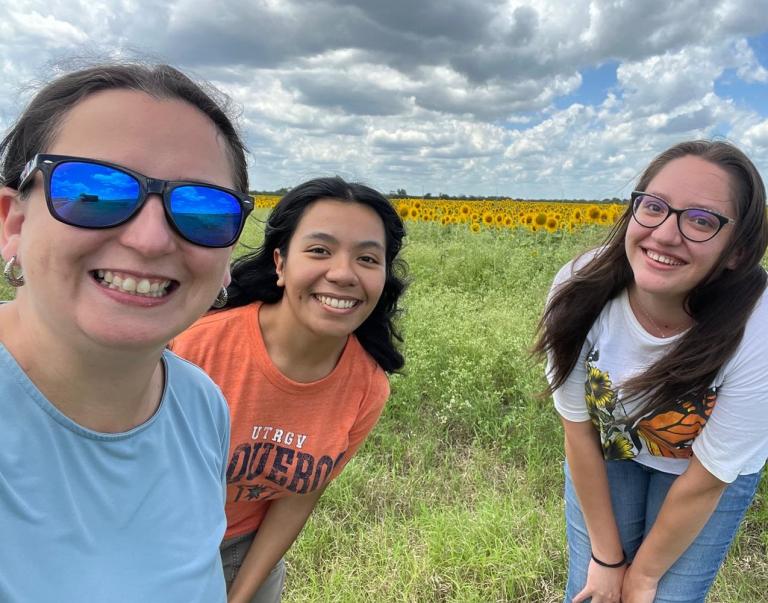WASHINGTON, March 14, 2012— Agriculture Secretary Tom Vilsack today announced comprehensive outreach efforts are underway to assess damage and assist rural Midwest and Southern communities in the wake of recent deadly storms.
"These storms struck the very heart of rural America," said Vilsack. "USDA regional and local staff members are on the front lines, have worked each day since the storms hit, and for many it's personal: they live and work alongside the victims. I've directed our expertise and resources be put to the fullest possible use."
In addition to assessing the damage to USDA Rural Development-funded projects encompassing the agency's Business and Industry, Energy, Housing and Community Facilities programs, Agency officials are looking at ways to help hundreds of people displaced from their homes. In rural communities, USDA Rural Development provides the Federal Emergency Management Agency (FEMA) with regular information concerning the availability of vacant units in multi-family housing complexes financed by the agency. In the case of disasters, displaced residents can receive priority placement in vacant units.
Vilsack said USDA Rural Water Circuit Riders are working with national and state rural water association's staff throughout the tornado-ravaged states to assist in assessing damage and helping communities get their systems back online. This is critical to the health and safety of rural communities.
USDA Rural Development offers a variety of resources for states and individuals affected by the recent disasters. Individuals can also apply for other types of federal disaster assistance at www.disasterassistance.gov.
The incident is now predicted to be the first billion-dollar disaster of 2012. The National Oceanic and Atmospheric Administration's current count of confirmed tornadoes from the March 2 outbreak stands at 42, with damage reported in Alabama, Georgia, Indiana, Kentucky, Mississippi, North Carolina, Ohio, South Carolina, Tennessee, Virginia and West Virginia. Wind speeds ranged from 60 miles an hour to 174 miles an hour in Jefferson County, Ind., where the National Weather Service reported a large factory was "cleared to its foundation slab with anchoring bolts bent in the direction of the storm."
Other USDA Agencies are also involved in the recovery effort. After the disaster, the USDA Food and Nutrition Service (FNS) approved Indiana's request to operate a Disaster Supplemental Nutrition Assistance Program (SNAP) for 11 zip codes in the six presidentially declared disaster counties. FNS also approved Kentucky's request to allow the use of SNAP benefits to purchase hot food items from authorized SNAP retailers in all Kentucky counties that have received or will receive a Presidential Disaster Declaration that includes individual assistance. FNS approved disaster-related waiver requests to extend the timeframe for SNAP households to report food loss for affected counties in Alabama, Illinois, Indiana, and Kentucky. Approximately 11,000 pounds of USDA foods were provided to Henryville Community Church in Clarke County, Indiana to support efforts to feed those displaced by the tornadoes.
Earlier this month, Secretary Vilsack announced $19.7 million of financial and technical assistance through the Natural Resources Conservation Service's (NRCS) Emergency Watershed Protection (EWP) program to help communities rebuild and repair damages caused by flooding, drought and other natural disasters.
The Farm Service Agency (FSA) reminds producers in storm damaged areas to document any losses or damage to their farm or their land in the event that funding becomes available which covers that loss.
FSA also provides funds through the Emergency Loan Program (EM) to help producers recover from production and physical losses due to natural disasters. Producers in these counties will be eligible for these loans if the county is declared a Presidential or Secretarial disaster county. Emergency loan funds may be used to restore or replace essential property; pay all or part of production costs associated with the disaster year; pay essential family living expenses; reorganize the farming operation; and refinance certain debts.
The FSA Emergency Conservation Program (ECP) provides emergency funding and technical assistance for farmers and ranchers to rehabilitate farmland damaged by natural disasters and for carrying out emergency water conservation measures in periods of severe drought. Subject to the availability of funding, ECP can be used to assist with debris removal and repairing damaged farmland.
USDA, through its Rural Development mission area, administers and manages housing, business and community infrastructure and facility programs through a national network of state and local offices. Rural Development has an active portfolio of more than $165 billion in affordable loans and loan guarantees. These programs are designed to improve the economic stability of rural communities, businesses, residents, farmers and ranchers and improve the quality of life in rural America.
#
USDA is an equal opportunity provider and employer. To file a complaint of discrimination, write: USDA, Office of the Assistant Secretary for Civil Rights, Office of Adjudication, 1400 Independence Ave., SW, Washington, DC 20250-9410 or call (866) 632-9992 (Toll-free Customer Service), (800) 877-8339 (Local or Federal relay), (866) 377-8642 (Relay voice users).


